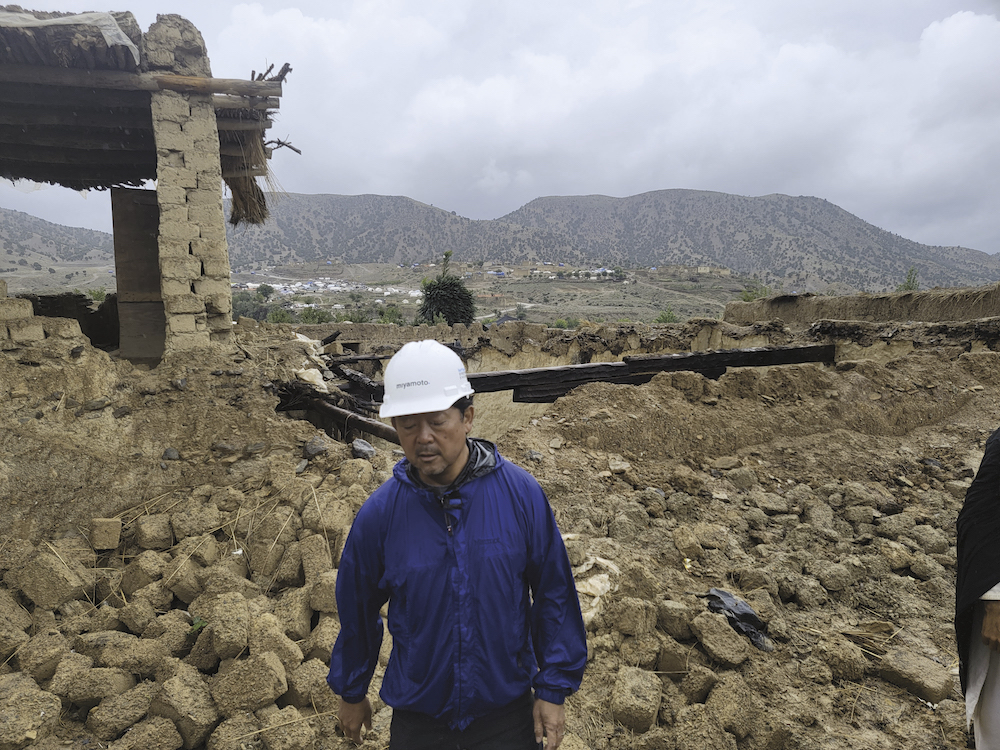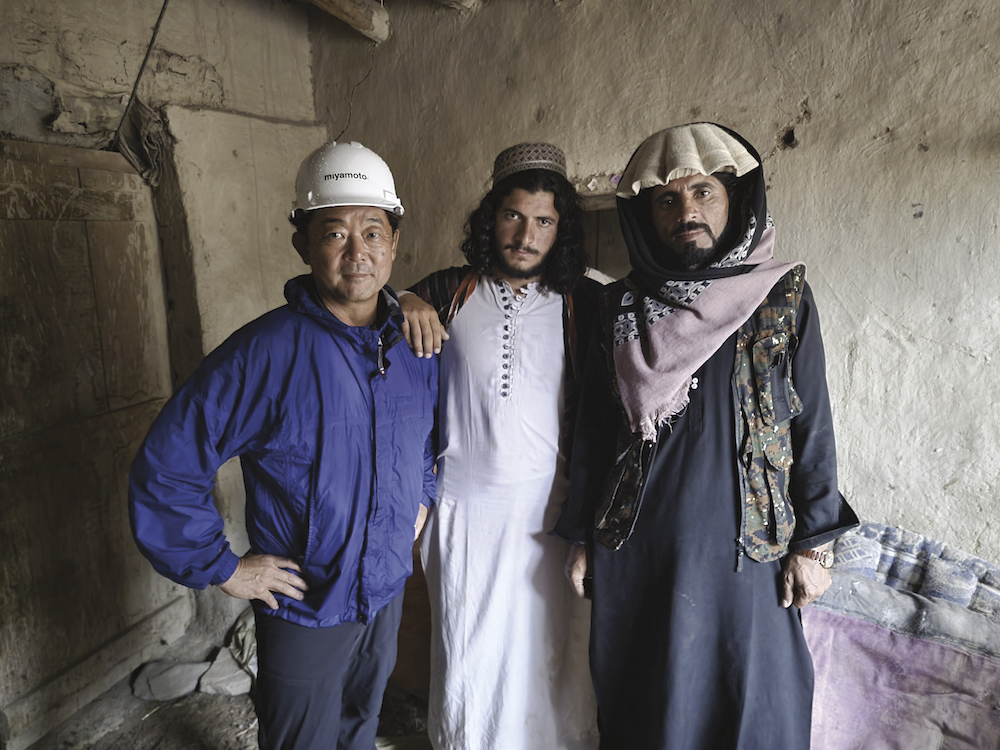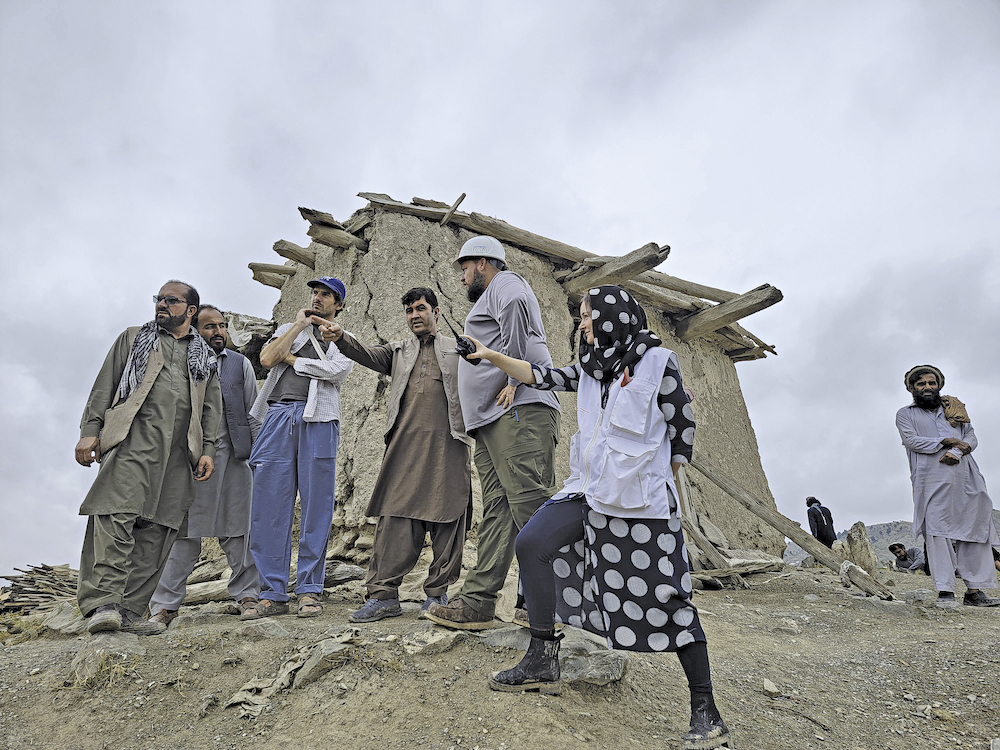A 6.2 magnitude (Mw) earthquake struck southeastern Afghanistan on June 22, 2022. It was felt over a wide area, most strongly affecting the Paktika and Khost provinces and parts of neighboring Pakistan. According to the USGS, the earthquake had a maximum Modified Mercalli Intensity of VIII (Severe). Over 1,100 people died, and over 6,000 others were injured, making it the country’s deadliest earthquake in over 20 years.
For several generations, structural engineers have traveled to the sites of damaging earthquake to learn what worked and what did not, with the primary goal of improving design practices and building codes in their home country. In recent times, except perhaps for the 2010 Haiti earthquake, most engineers have focused on earthquakes where the local construction is similar to what they design themselves. We do not often get a firsthand account from a place like Afghanistan where the goal is improving local construction practices and getting the affected population into safe housing as quickly as possible. In this regard, the efforts of Dr. Kit Miyamoto of Miyamoto International stand out. We hope you read his report from Ukraine in the December 2022 issue of STRUCTURE. Last summer, he and his team traveled to Afghanistan to provide technical guidance for reconstruction to the United Nations’ International Organization of Migration (IOM/UN).

Observations
We arrived in Afghanistan on July 18th. Our team is sitting outside around a conference table under the shade, but the hot summer sun is simmering the concrete in our vicinity.
The team consists of David, a veteran and famous humanitarian response personality; Mark, a trusted earthquake structural engineer who worked on many disaster response projects, from the Haiti earthquake to the Palu, Indonesia, earthquake; and Shahzar, a local, respected program manager who used to work for many U.N. agencies. It is critical to have a trusted local partner when entering this country. They can really show you the way.
The Afghanistan people are struggling economically, and even this medium-sized earthquake can cause major issues for people living in the affected area. The earthquake site is in the southeast of the country, an area used by Al Qaeda. If you recall, Osama Bin Laden hid in a cave in this area during the U.S. bombings following 9/11. This will be a challenging mission.
Two days after our arrival, we board a 1970s-era Soviet-made cargo helicopter provided by the U.N. Besides us, Fiona and Jago from the IOM/UN have joined us for this mission. Also, Zadran, our Afghanistan program manager, to whom we were introduced a couple of days ago through our contact in the U.S., is with us.

The last few days have been hectic at the U.N. base where we live inside steel containers. We met engineers who had just come back from the field. We have met decision-makers of the U.N. system, and based on their inputs, we have developed a housing reconstruction and repairability assessment app. Miyamoto International’s India office team (seismic R&D experts) was a great help.
We plan to sample a few hundred houses in the next four days. Then we will use the data to interpolate the total housing reconstruction needs. This is a critical relief effort for people in the disaster zone. We must identify and repair as many houses as possible before winter comes in this mountainous area.
Inside the helicopter, it is hot and humid. The roar of the blades is deafening. We are heading to the Pakistan border district of Barmal. Once in Barmal, we entered a devastated village on the top of a steep hill in a heavy thunderstorm. I first notice that the mud-made walls and roofs are now flattened on the ground like pancakes. Some walls still stand, but these are rare. Villages are typically large-walled compounds for housing extended families.
We are greeted by six of this settlement’s elders. Among them is their spokesperson, a young intelligent-looking fellow with sharp brown eyes, a dark complexion, and a skinny nose. He wears his hair long and the same traditional hat I saw earlier. He speaks softly. “I lost 18 of my family members to this earthquake. I lost everything, and I have nothing. We live in small U.N. tents and have no idea what tomorrow holds.”
I scan through the area and see broken villages and a city of white tents next to them. I notice there are not many international NGOs here. International sanctions and governing uncertainty make it difficult for private nonprofits to show up.
Our team and the elders walk over the rubble, followed by many children. They are cheerful and friendly, even in such adverse conditions. Specks of light-colored hair and blue eyes catch my eye. Over millennia of migration, people here now have Asian, Caucasian, and Arab looks.

In the next village, we enter a large compound that is intact. The style of the structures reminds me of European fortresses from the Middle Ages but made of clay mud. The boundary mud walls are about 15 feet high and 20 inches thick, and the dimensions in-plan are roughly 300 feet (100m) by 1000 feet (300m), an impressive, imposing structure. Individual families have small rooms inside made of thick clay mud walls and layered mud roofs. These rooms are attached to the inside face of the boundary walls. The thick walls and roofs function as thermal insulation for occupants.
I see distinctive characteristics in the construction methods used on these structures. First, the clay mud roofs are much thinner in this location, about 12 inches. The collapsed structures had roofs that were around three times thicker. These walls are also made of clay mud, but they specifically use plaster-like materials on the surface to protect the wall interior from rain. Furthermore, I noticed a fair amount of small sharp aggregate in the mud bricks. The collapse ratio of this village is probably one-tenth of the others. I see some hope here. We must dig up this evidence of good local practices over the next few days and transfer that knowledge to other villages to ensure the re-constructed structures fare better in the next earthquake.
As the red sun sets beyond the horizon and the rain dries out, we hop onto our off-road vehicle and drive off to the U.N. tent city to rest up for the next busy day.
